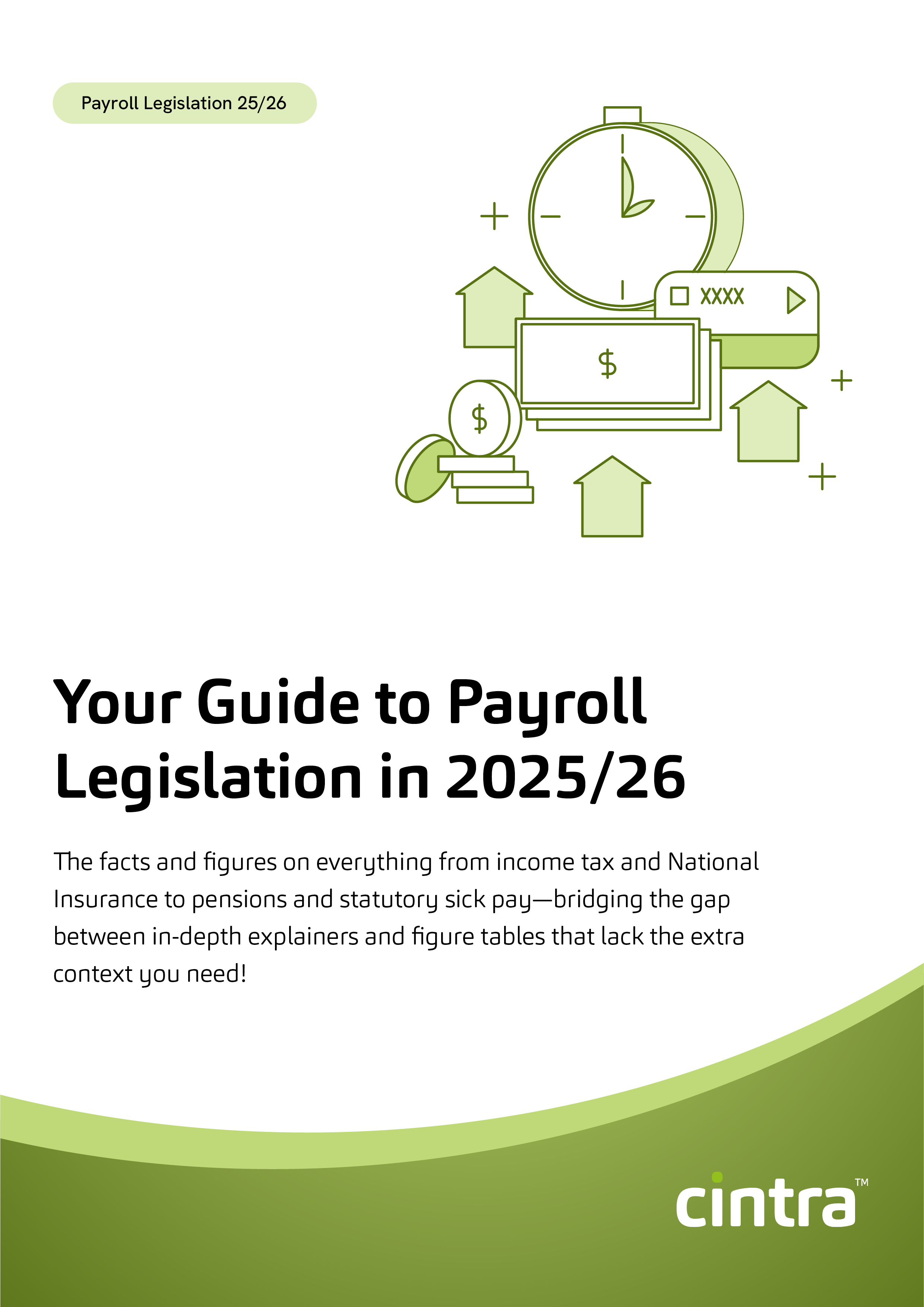Imagine going through the whole recruitment process—advertising a role, sifting through CVs, interviewing, making an offer—only for your new hire to leave within a few months. Frustrating, right? Well, statistics show that one in five new hires don’t even make it past their probation period. That’s a lot of wasted time, money, and effort. And that’s why probation reviews are so important.
They’re not just a formality—they’re a golden opportunity to assess whether a new employee is the right fit for the role and the company culture.
Let’s look at how to effectively manage probation reviews, the key dos and don’ts, and the best approach for handling the final probation review meeting.
How to structure probation reviews for maximum impact
So, you’ve hired someone new—great! But now comes the crucial part: making sure they’re the right fit for the long haul. A well-structured probation review process isn’t just a tick-box exercise; it’s a vital step in setting new employees up for success and confirming the organisation is investing in the right people.
Here’s how to structure your probation reviews:
1. Who’s conducting the review?
First things first, who in your organisation is responsible for probation reviews?
In many cases, it’s a line manager or supervisor, but here’s the catch: not all of them have the necessary experience or skills to do this effectively. That’s why it’s essential to provide training and support to make sure they know what to look for, how to assess performance fairly, and how to have constructive conversations with new employees.
2. Setting the right timeframe
Most companies use a three- or six-month probation period, but is that the right length for every role?
A job with straightforward, repetitive tasks might only need a short probation period, whereas a more complex role—like head of marketing, where employees work on long-term campaigns—may require six months or more to assess properly.
Some companies extend probation to 12 months for senior roles, giving more time for a thorough evaluation.
The key is to match the probation length to the complexity of the job.
3. Regular check-ins, not just a final review
One of the biggest mistakes companies make is leaving everything to the final probation review.
Instead, you should schedule regular check-ins throughout the probation period—at 30, 60, and 90 days, for example.
These conversations should focus on:
- How the employee is settling in
- Any challenges they’re facing
- Whether they’re meeting performance expectations
- What support or training they might need
By having these ongoing discussions, you can address any concerns early and give the employee the best chance to succeed.
4. Clear performance criteria
What does ‘success’ look like in this role? That’s something both your new employee and their manager should be crystal clear on from day one.
Make sure you define key performance indicators (KPIs), expected behaviours, and cultural fit requirements. This makes it easier to evaluate progress objectively and reduces the risk of bias in decision-making.
5. Understanding the outcomes
At the end of the probation period, your managers need to decide on one of three outcomes:
- Confirmation: your employee has met expectations and is confirmed in their role.
- Extension: more time is needed to assess their suitability.
- Termination: your employee isn’t the right fit, and their contract is terminated.
6. Communication is key
Probation reviews aren’t just about ticking boxes—they’re about having open, honest, and constructive conversations.
If there are concerns, your managers should give clear feedback and offer support to help the employee improve. If the employee is performing well, this is a great opportunity to reinforce their strengths and discuss career growth opportunities.
Get the latest HR updates, straight to your inbox
Get the latest HR insights and best practice guides, direct to your inbox.
The key dos and don’ts of effective probation review management
Do
| Set clear expectations from day one | Make sure new employees know exactly what’s expected of them. |
| Address issues early | It’s far better to identify a bad hiring decision within the first few months than to deal with performance issues later down the line. |
| Have tough conversations if needed | If an employee isn’t meeting expectations, don’t shy away from addressing it. It’s much easier to have that discussion early on than to prepare for an unfair dismissal case a year later. |
| Document everything | Keep a record of conversations, agreed actions, feedback from colleagues, and any concerns raised. This protects both you and the employee. |
| Base decisions on facts, not feelings | Be specific about performance, behaviours, and improvements needed. Vague feedback doesn’t help anyone. |
| Support new hires to succeed | Probation isn’t just about filtering people out—it’s about giving your employees the best chance to grow and thrive in their role. |
Don’t
| Assume poor performers will leave on their own | Often, underperformers will stay unless you take action, so be proactive in managing performance. |
| Extend probation just because you forgot to do proper reviews | Extensions should only be used for valid reasons, like an employee’s absence or the need for more time to assess key skills. |
| Unfairly disadvantage employees with unnecessary extensions | Some probation terms limit benefits like company sick pay, so only extend if there’s a justified business reason. |
| Leave assessments to the last minute | Regular check-ins throughout probation make final decisions much easier and help prevent any surprises. |
How to manage the final probation review meeting
The final probation review meeting isn’t just about assessing your employee’s performance—it’s also an opportunity to provide constructive feedback.
Here’s how to handle it effectively:
Before the meeting: be fully prepared
- Gather all evidence (both positive and negative) to maintain a fair and balanced review.
- Consider not just performance, but also how they’ve adapted to their role and fit within the team.
- Be ready to discuss their achievements, areas for improvement, and next steps.
During the meeting: make it a two-way conversation
- Start on a positive note: highlight what they’ve done well and what you’d like them to continue.
- Discuss any concerns in a clear, factual, and constructive way.
- Encourage their feedback: ask how they feel about the role, team, and level of support.
- Listen carefully: if new information arises that could change your decision, take it into account.
Are you struggling to manage probation reviews?
You’re not alone! Watch our Managing Probations webinar, where Sarah Gray, Head of HR Outsourced Services at Cintra, shares practical strategies for structuring reviews, keeping new hires engaged, and improving retention.
Whether you’re refining your process or starting from scratch, this session will give you the tools to set your employees up for success.

HR & Employment Law Guide
Grab your accessible summary of guidance and insights about where HR practices meet employment law.
Download your buyers guide


